If you go boating alone, you may be fine once under way but occasionally wish you had someone to lend a hand at the launch ramp, especially when there’s unsettled weather. Several of our boats draw only a few inches of water and while they’re good for gunkholing skinny Florida waters, at the launch ramp even a little wind and chop can push them around and it can be a struggle moving them on or off the trailer.
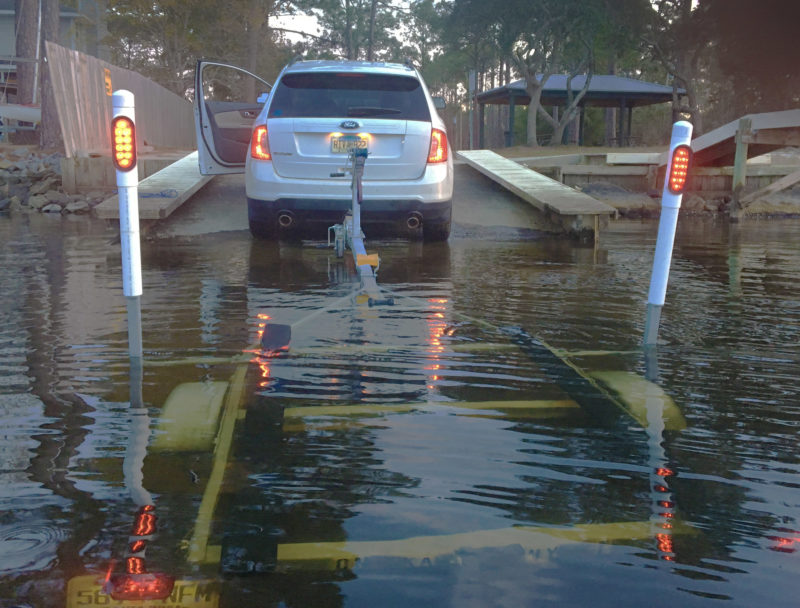 Photographs by the authors
Photographs by the authorsFor power boats that carry their maximum beam well aft, the guide posts are best placed at the back of the trailer. All of our boats tuck in at the stern, so we attach guide posts closer to the middle of the trailer to center the boat as the bow comes home at the winch. The lights added to these posts supplement rather than replace the tail lights that are built into the trailer and, as required by law, illuminate the license plate.
When we moved to Florida a few years back, we noticed a lot of the boat trailers had guide posts, so we took the hint and added them to our trailer frames. The metal posts, clamped on either side of the trailer frame, center the boat during loading. The square metal tubing is usually covered with a 2″ PVC pipe to protect the boat from dings and abrasion. During solo launching and retrieving, the guide posts serve as a helping hand and reduce wrestling a boat to get it lined up with the trailer. I no longer have to wade out to the end of the trailer to swing the boat around. Our Drascombe Lugger was notorious for drifting sideways at the ramp, and now that we’ve added the guide posts I can row onto the trailer!
The guide posts are also handy visual targets that help us keep track of an empty trailer as we back it, especially when it disappears down the incline of the ramp and when it is submerged. Some of our boats have a very low profile that is well beneath the rear window, and guide posts help us keep track of the trailer in the rear-view mirror.
Guide posts are L-shaped and available in different widths and heights. Most are 40″ to 60″ high. They are simple to install—just attach them to the trailer frame with brackets and bolts provided, and set them between the uprights a distance about 2″ wider than the widest beam of the boat. Posts come in galvanized steel or aluminum; for bigger boats, steel is better able to sustain larger side loads.
For bells and whistles, rollers and bunks can be added to the vertical posts to get the best fit for different boats, and one can get a set of LED lights made to fit the PVC pipe covers. The lights can be used in place of or in addition to the trailer-mounted lights. Different kits are available to mount directly on top of the pipe or attach with a bracket. Having the turn signals, running, and brake lights raised makes them more visible than lights down low on a small trailer where they might be hidden under an overhanging stern.
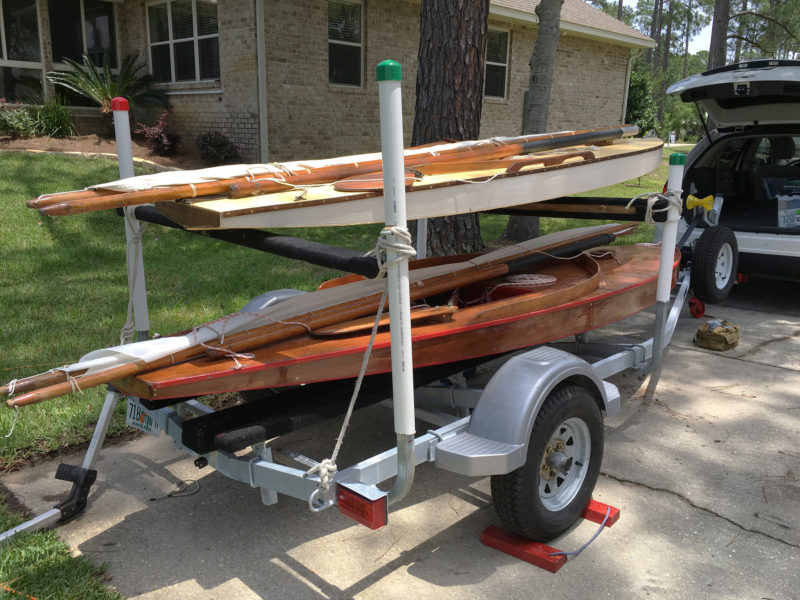
For our double-decker trailers, we’ve bolted crossbars to the guide posts, but to make this trailer more easily convertible, we cut slots in the PVC-pipe covers and installed galvanized eye bolts in the guide posts. Lashing the crossbars takes just a few minutes. This works for light boats; bolted brackets are stronger and best for heavier loads on the upper deck.
When Audrey and I go boating together, we often load a pair of sailing dinghies, canoes, or kayaks on a double-stack trailer that we made by attaching a cross support between each pair of guide posts. Depending on the weight of the upper boat and the length of our trip to the launch, we have used aluminum crossbars or wood bunks for the cross supports. Our trailer guru, Eddie, says steel posts are required for a double-stack—aluminum posts will not handle fore-and-aft stress of acceleration and braking.
For easier launch and retrieval and hauling pods of small boats, check out trailer guide posts. You’ll get more out of your trailer.![]()
Audrey “Skipper” Lewis and “Clark” Kent Lewis enjoy small boating along the bays and rivers of Florida’s Emerald Coast. Their adventures can be followed on their small boat restoration blog.
The authors purchased 60″ galvanized steel CE Smith Post-Style Guide-Ons from a trailer dealer. They’re available online for $105. A variety of guide posts and accessories are available from online retailers such as etrailer.
Is there a product that might be useful for boatbuilding, cruising or shore-side camping that you’d like us to review? Please email your suggestions.
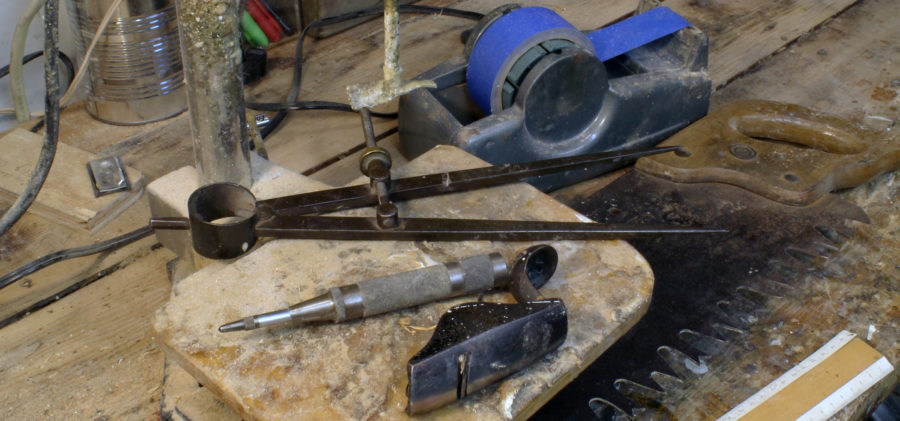
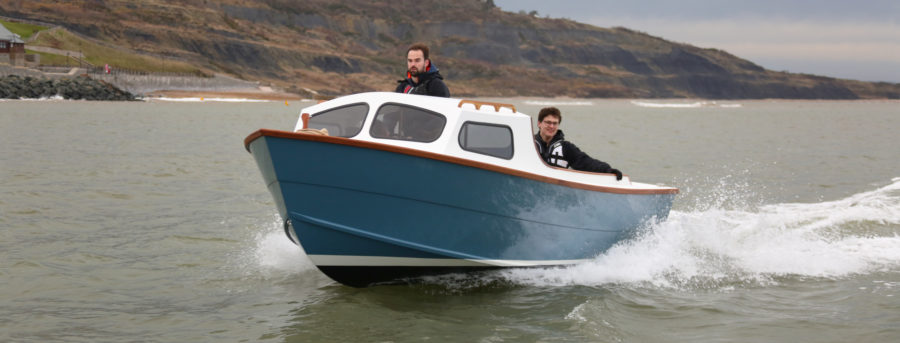
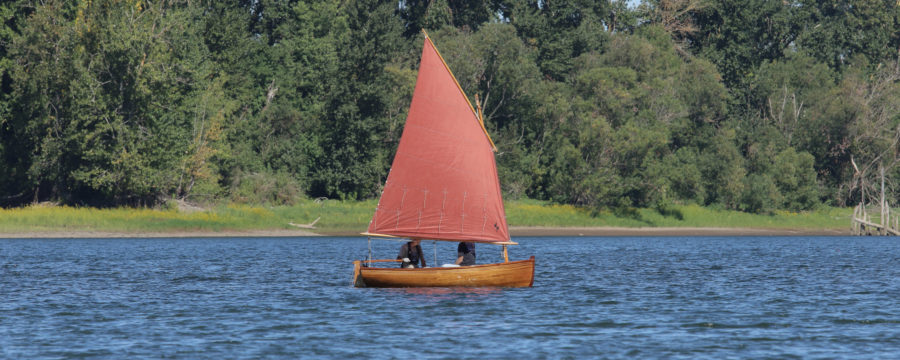
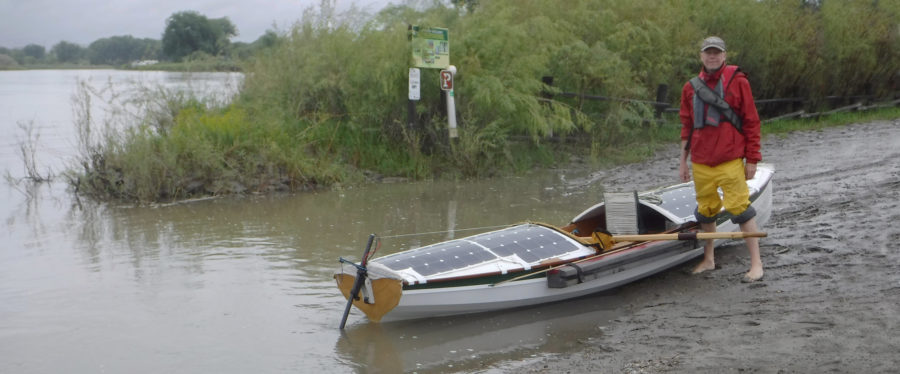
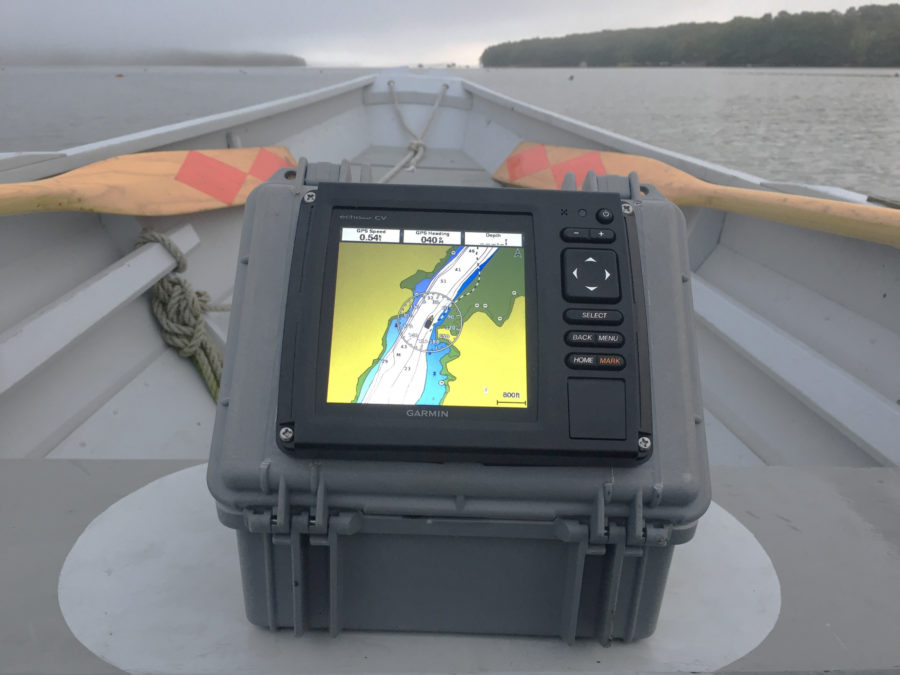
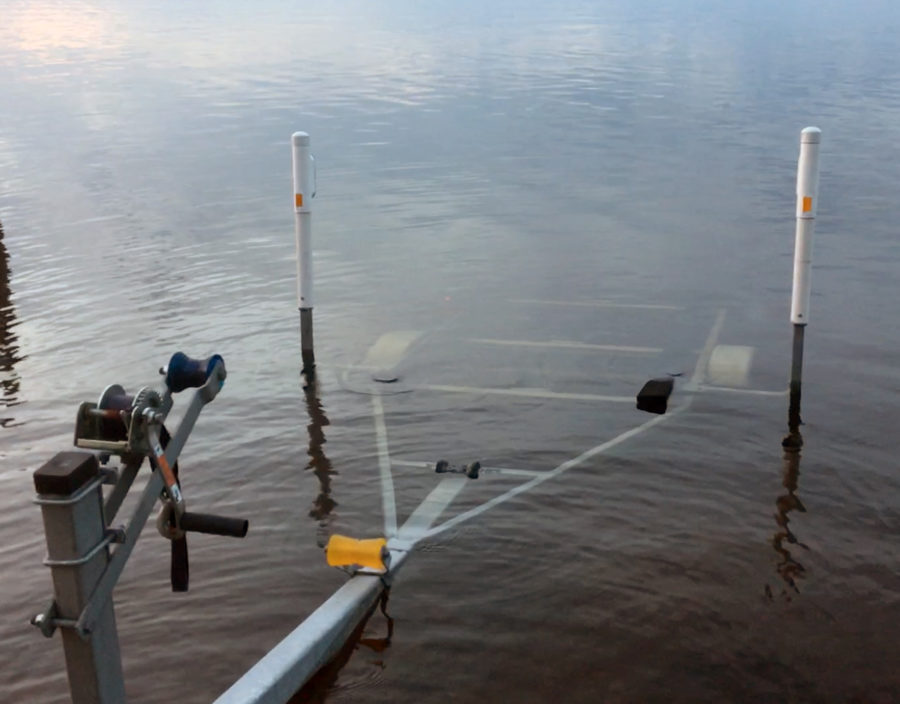
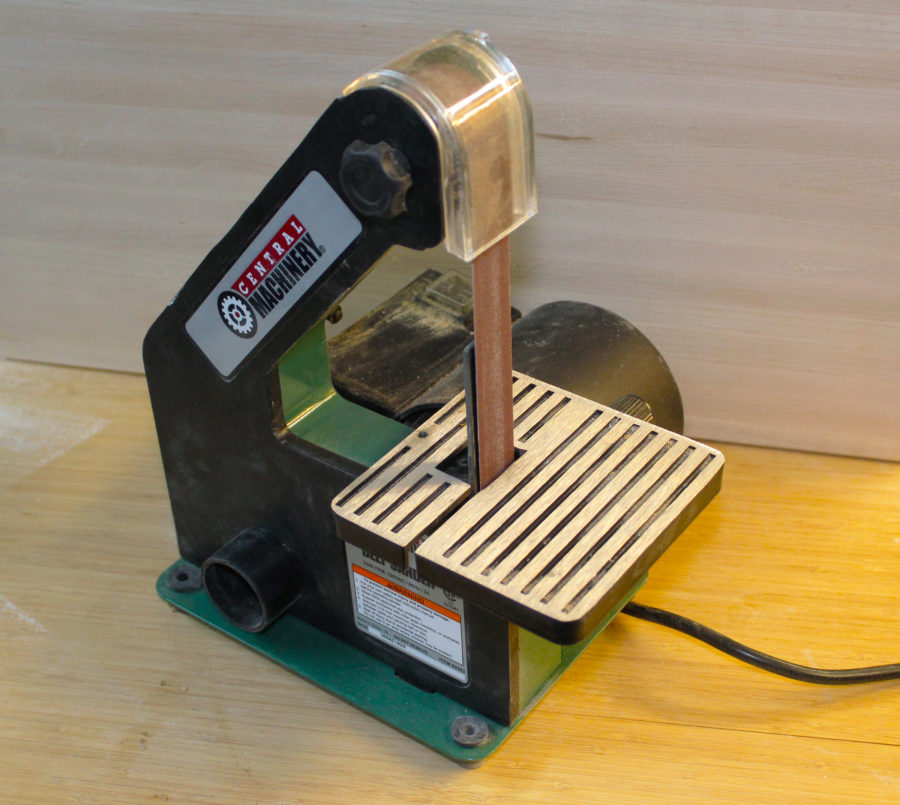
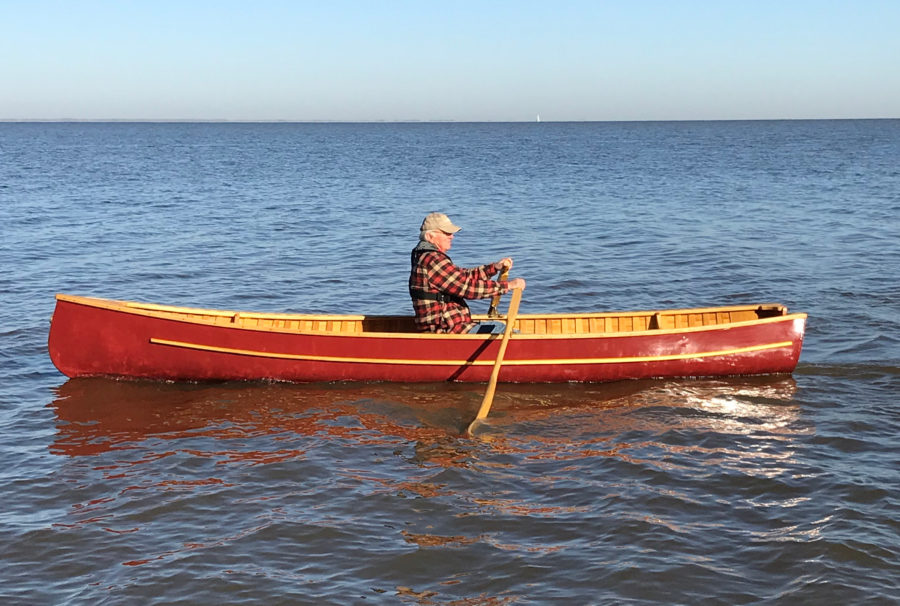
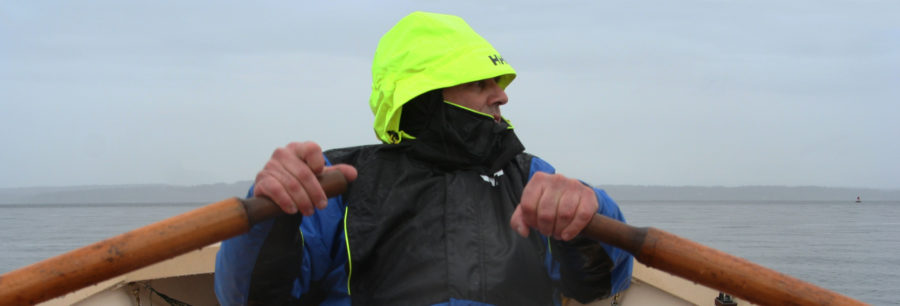
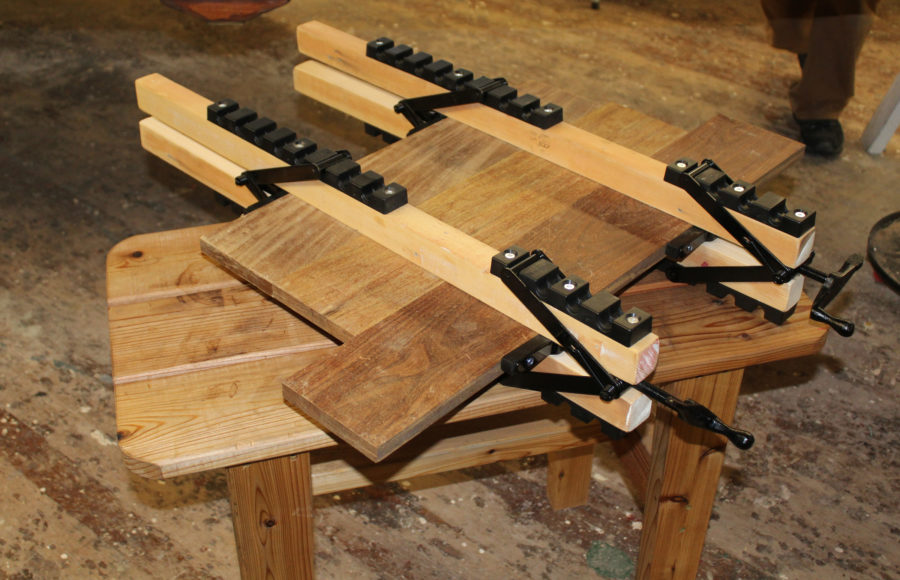
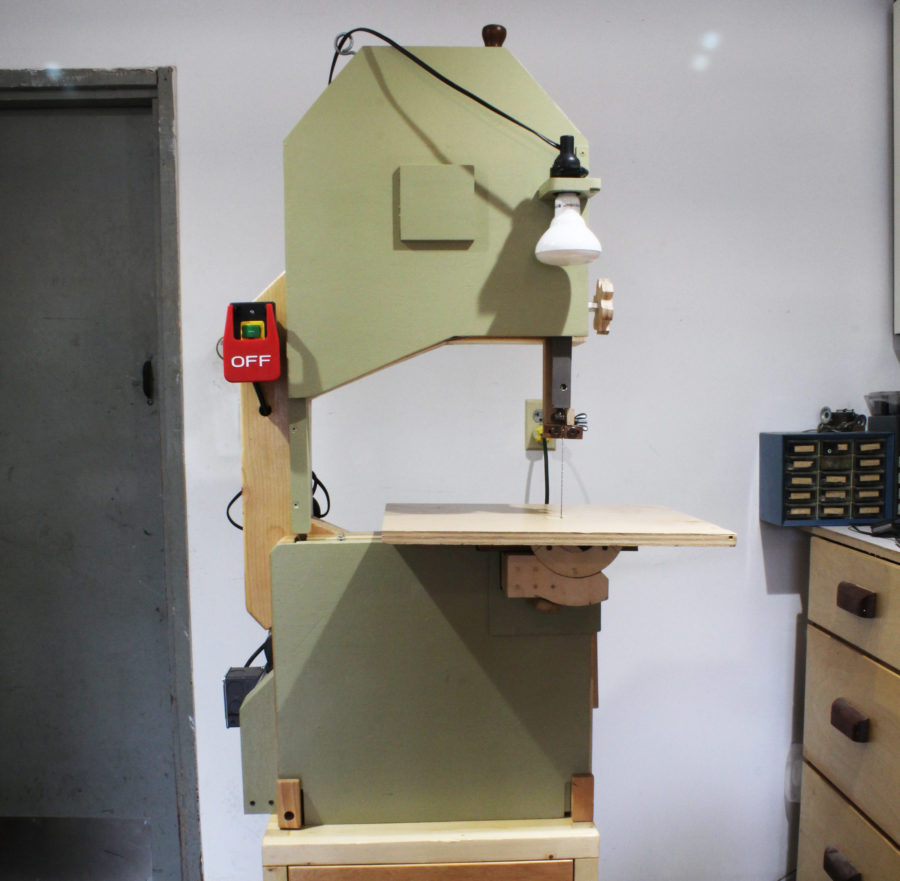
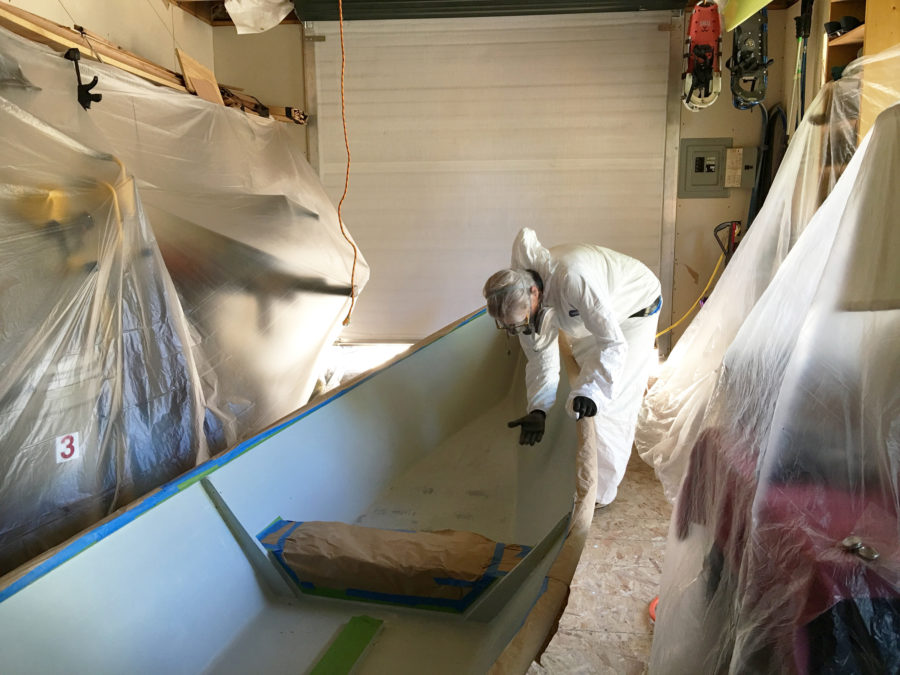
I’ve done this for years using 4×4’s and 2×4 for cross bars as needed for double decking. I’ve found some X braces needed for heavier loads. I’ll need to check out the metal ones. I also add a 2 x 6 or such so I can walk aft on the trailer to hook up.
Hi Ben,
Our trailer guru recommended the steel posts over aluminum, but aluminum cross tubes were fine for our Sunfish (130 pounds).
We have added the walk ramp to several of our trailers as well, it is a good way to keep centerboards from deploying, or put a roller or cross beam under the centerboard. We keep an eye to make sure there is adequate drainage and the keel can dry out.
Cheers
Skipper and Clark